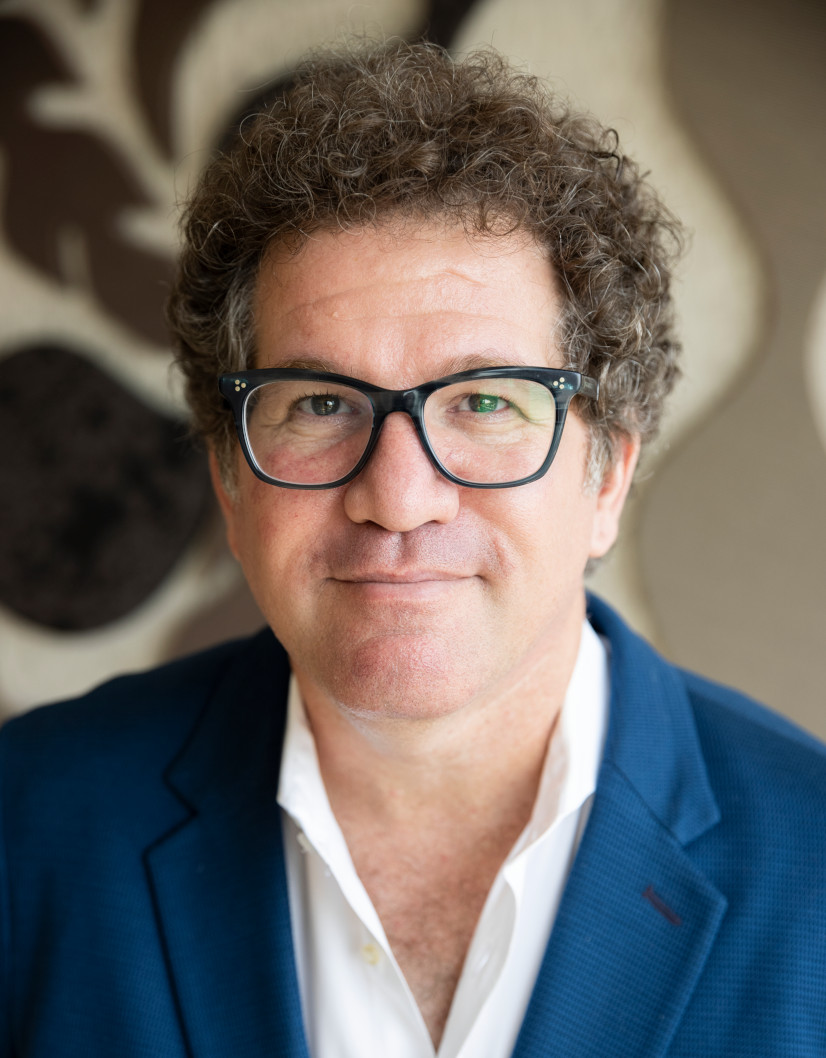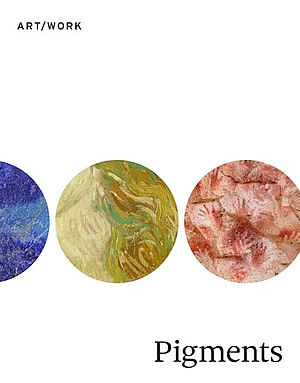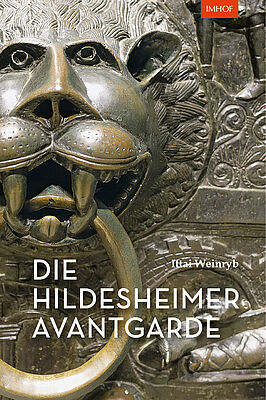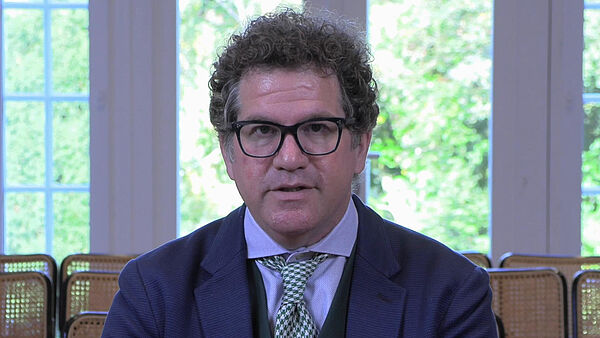
Ittai Weinryb, Ph.D.
Associate Professor of History of Art
Bard Graduate Center, New York
Born in 1975 in Jerusalem
Studied History of Art and History at Tel Aviv University and Johns Hopkins University
Project
Art and Frontier: The Black Sea and the Making of European Globalism
A frontier is an imaginary boundary that divides space in two: what belongs to you and what does not. It is the edge of your own human cognition; it creates a theoretical (and sometimes physical) line between the known and the unknown, designating a geographic realm where the rules of conduct and cultural practice differ from the center. Ultimately, a frontier offers ways to question conceptualizations of self and identity through geographic proclamations of alterity – mapping personal, social, and political perspectives onto the visible world. In this project, I center on the European frontier of the Black Sea during the Middle Ages by focusing on art and material culture produced and consumed by missionaries and merchants in Crimea during the fourteenth century. I argue that a close look into how art and material culture worked to produce, define, and profess the actual and conceptual space of the frontier can give rise to a new understanding of the art, habits, and practices of the European centers.Recommended Reading
Weinryb, Ittai. “Hildesheim Avant-Garde: Bronze, Columns, and Colonialism.” Speculum 93, no. 3 (July 2018): 728–782. https://doi.org/10.1086/698705.
–. The Bronze Object in the Middle Ages. Cambridge: Cambridge University Press, 2016.
–, ed. Agents of Faith: Votive Objects in Time and Place. New Haven, CT: Yale University Press / New York: Bard Graduate Center Gallery, 2018.
Colloquium, 09.05.2023
Golden White: Technologies of Colonization in the Medieval Black Sea
In this paper, I center on the European frontier of the Black Sea during the Middle Ages by focusing on art and material culture produced and consumed by merchants in Crimea during the fourteenth century. Through a close look into how art and material culture worked to produce, define, and profess the actual and conceptual space of the frontier, I argue, a new understanding of the art, habits, and practices in the European centers can simultaneously arise. This paper shows how the inclusion of ritualistic ideals regarding indigenous culture helped change how imported artefacts shaped the Italian domestic sphere and altered the way European art was consumed and conceptualized. While art historians often regard imported objects as “exotic” when parceled with European colonial expansion, they actually offer a new way to regard European art history through the choices of what was incorporated. Instead of viewing such objects as defunct collections of anthropological relics, the paper aims to recognize that they not only reshaped European consciousness, but simultaneously also activated ideas about heritage in those indigenous communities that were subjugated by colonialism.
Publications from the Fellow Library
Weinryb, Ittai (Princeton, 2024)
Weinryb, Ittai (Petersberg, 2023)
Die Hildesheimer Avantgarde : Kunst und Kolonialismus im mittelalterlichen Deutschland
Weinryb, Ittai (Cambridge, 2020)
The bronze object in the Middle Ages
Weinryb, Ittai (Chicago, Ill., 2018)
Hildesheim avant-garde : bronze, columns, and colonialism
Weinryb, Ittai (New York, NY, 2018)
Agents of faith : votive objects in time and place
Weinryb, Ittai (New York City, 2016)
Ex voto : votive giving across cultures Cultural histories of the material world


